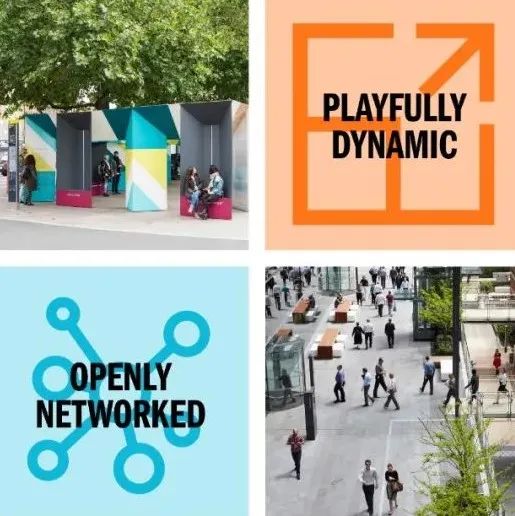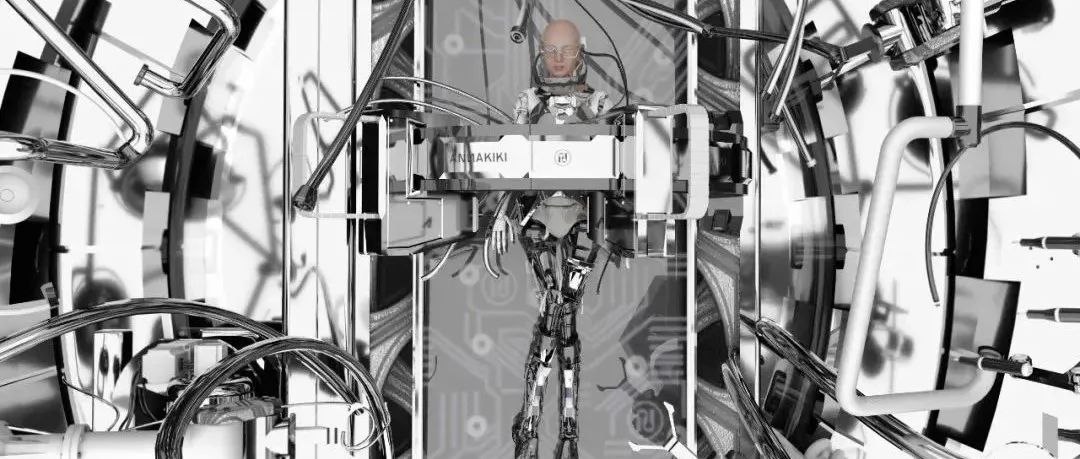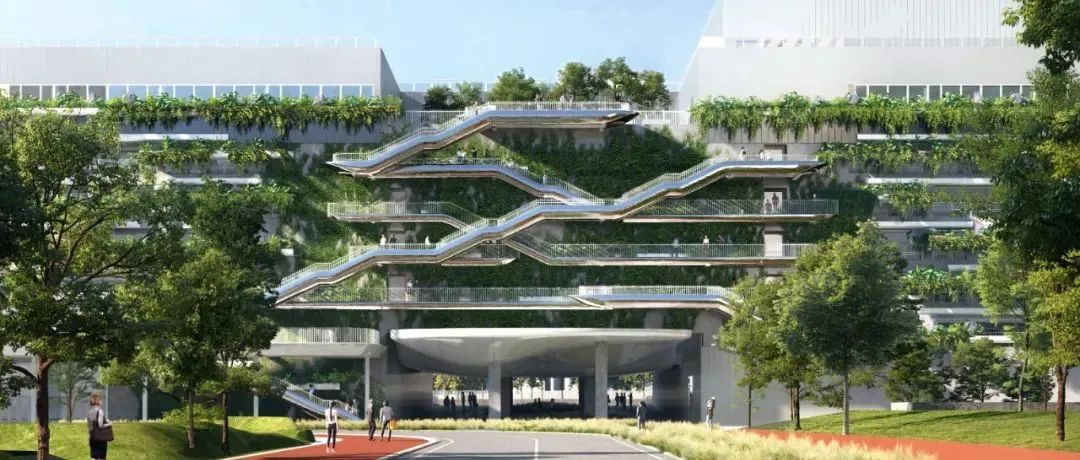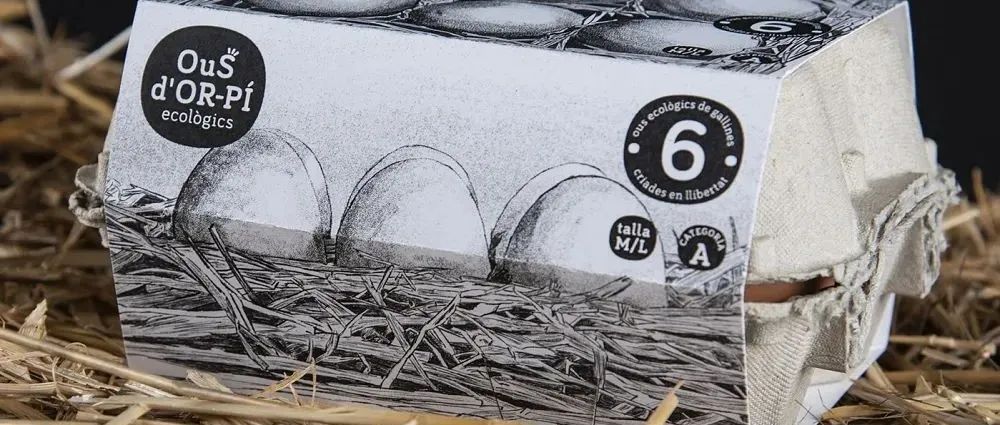In the first post, we shared two qualities - Beautifully Original and Conveniently Compact. Today, we are going to look at the other four qualities and how they work together to help to ensure environmental, economic, and social outcomes.
Richly diverse
Diverse places welcome a wide variety of activities and users, enriching the environment and creating overall more productive, collaborative, and resilient human and natural ecosystems.
From forests to cities, wetlands to neighbourhoods, diversity − both human and ecological − is a key indicator of the health and resilience of a place.
Biodiversity is the cornerstone of thriving and resilient ecosystems, and the survival of any one species can be linked the survival of the many.
At the same time, diversity of spaces, people, and economic activities is key to catalysing new commercial opportunities, entrepreneurship and innovation. These spaces create the conditions for new ideas and solutions to emerge where different people and industries intersect.
Glasshouse Gardens Public Realm, London, UK
Diverse places are also more inclusive, ensuring all citizens (regardless of gender, age, race, background or ability) can participate in the political, economic and social life of the city − leading to more cohesive, thriving communities and greater equity.
Spaces that increase interaction between people from diverse backgrounds can also help increase social empathy and decrease stereotyping and discrimination in both professional and social settings.
Bai, X. and Ramos, M. R. and Fiske, S.T. (2020)
Openly networked
Networked places support the free and open movement of people and resources throughout the days and years, facilitating the sharing of assets required to sustain life and livelihoods.
Networks are formed by multiple intersecting connections, which can be either physical, digital, or emotional, or a combination of all three. These relationships are valuable in forming:
-
Connected ecologies with critical interdependencies
-
Complex economic systems with seamless, shared resource flows
-
Accessible communities with strong social and professional networks
Metro North West, Sydney, Australia
The US government is due to invest US$1.2 trillion in bridges, roads, broadband, water and energy systems through a new infrastructure bill.
Source: The White House, 2021
Urban places have a key role to play in facilitating the creation of healthy, accessible, multi-dimensional networks − one connection at a time.
Playfully dynamic
Dynamic places can easily be modified in response to changing ecological, economic, and social circumstances, creating playful and agile environments that are always fit for purpose.
In a world populated by living organisms, shaped by moving parts, and fuelled by organic matter, constant change is inevitable. It’s essential that any life form can respond to these changes with relative ease, since even small adjustments can help to avoid a larger (potentially catastrophic) shift.
By creating urban environments that are as dynamic as our communities and planet, cities can be better positioned to respond to sudden changes and immediate user-centric needs, as well as to more slow-moving economic, societal, and technological shifts.
Chasing Kitsune installation, Melbourne, Australia
Adaptable public space is used by more people in more diverse ways over a longer period of time.
Source: Shehayeb (1995)
In a time faced by unprecedented climate change, exponential population growth, and rapid innovation, adaptable environments will be necessary to support our continued prosperity.
Naturally regenerative
Regenerative places grow better, stronger, and healthier over time, supporting people and nature to live well in the short term while safeguarding the wellbeing of future generations.
The Earth is a closed system, with a finite matter of energy and nutrition available from the planet and its atmosphere. This reality creates serious ecological boundaries around our extraction and consumption of resources.
Over the next 40 years, the world is expected to build 230 billion square metres in new construction.
Source: UN Environment (2017)
Central Green Forest Park, Beijing, China
Where sustainable places are designed to preserve the stability of a certain ecosystem to secure its survival, regenerative places aim to restore the ecosystem holistically while also enhancing its capacity to thrive. Instead of merely mitigating or erasing our own negative effects on the planet, we can heal past damages and add value.
Regenerative places:
-
Help plants and wildlife to thrive, restoring critical ecosystems, increasing biodiversity and maintaining food supplies vital to the survival of humans and nature
-
Support long-term economic opportunity and stability, based on the continued health and availability of natural resources and climate stability
-
Create better conditions for communities to thrive, with reliable access to food, water, energy, and natural materials in the long-term
Many pieces make a whole
We instinctively know when we come upon a great place, just as we sense the missed opportunities in places that fail to deliver.
But great places are complex to unpack, difficult to fully comprehend, and even harder to assemble. They can’t be determined on the basis of a checklist, nor can they be created from a recipe of specific ingredients.
Even so, within the complexity that makes urban places so remarkable, we consistently come upon six essential qualities.
These may be expressed through the design of physical environments, operational processes, or everyday experiences. They may be embedded by design or they may have emerged organically over time.
By weaving the ‘Six qualities of great urban places’ into every dimension of a city we can help ensure that environmental, economic, and social outcomes are delivered as one.
Get in touch
Want to share your thoughts or see the full report? We’d love to hear from you. Please contact our Communications Advisor Isabel Tang (itang@hassellstudio.com) with any enquiries.
本文来自微信公众号“Hassell”(ID:Hassell_studio)。大作社经授权转载,该文观点仅代表作者本人,大作社平台仅提供信息存储空间服务。












